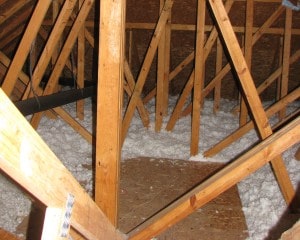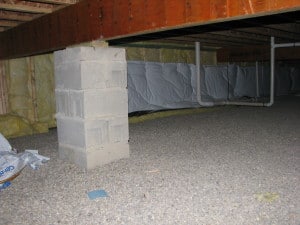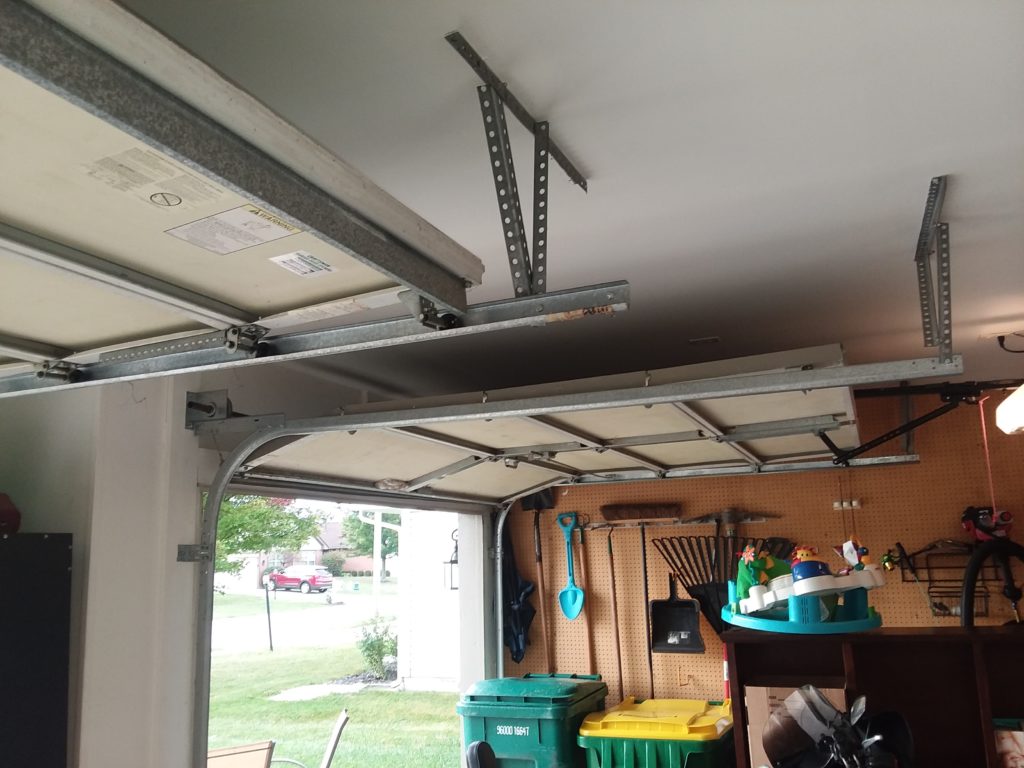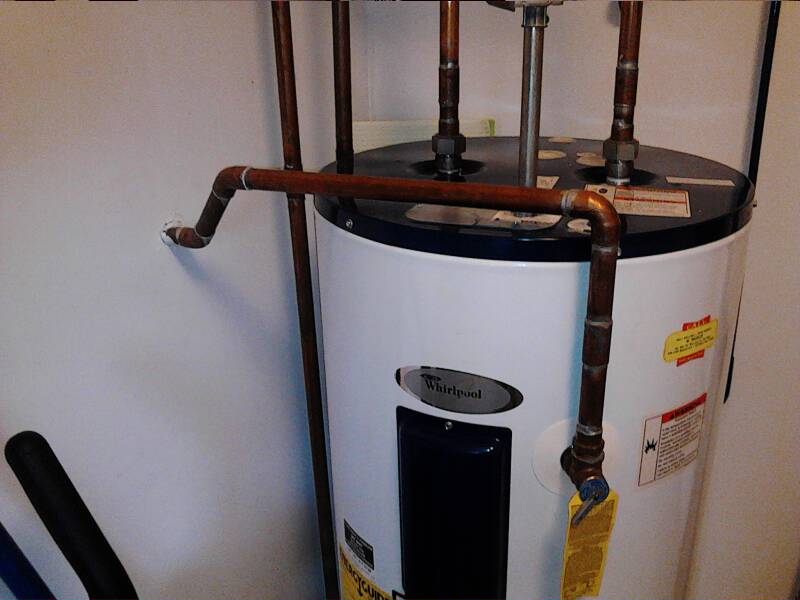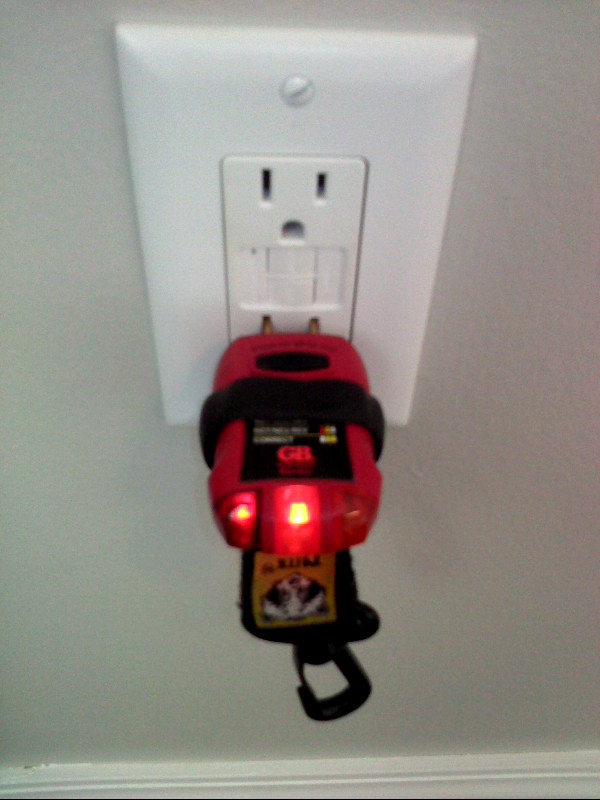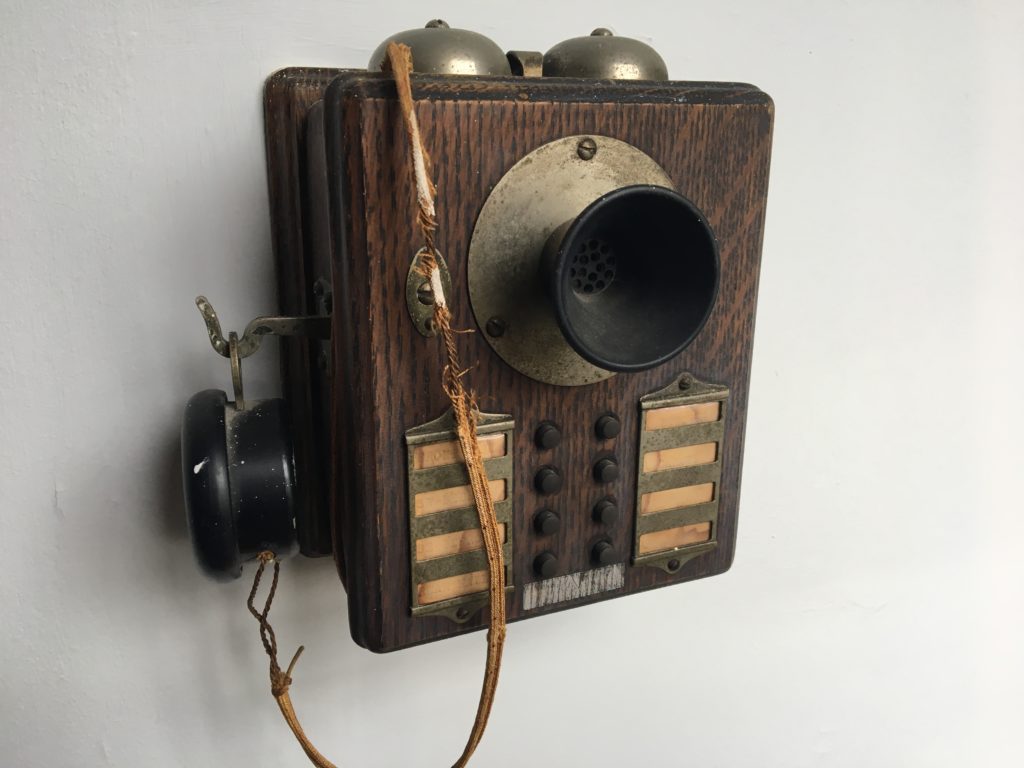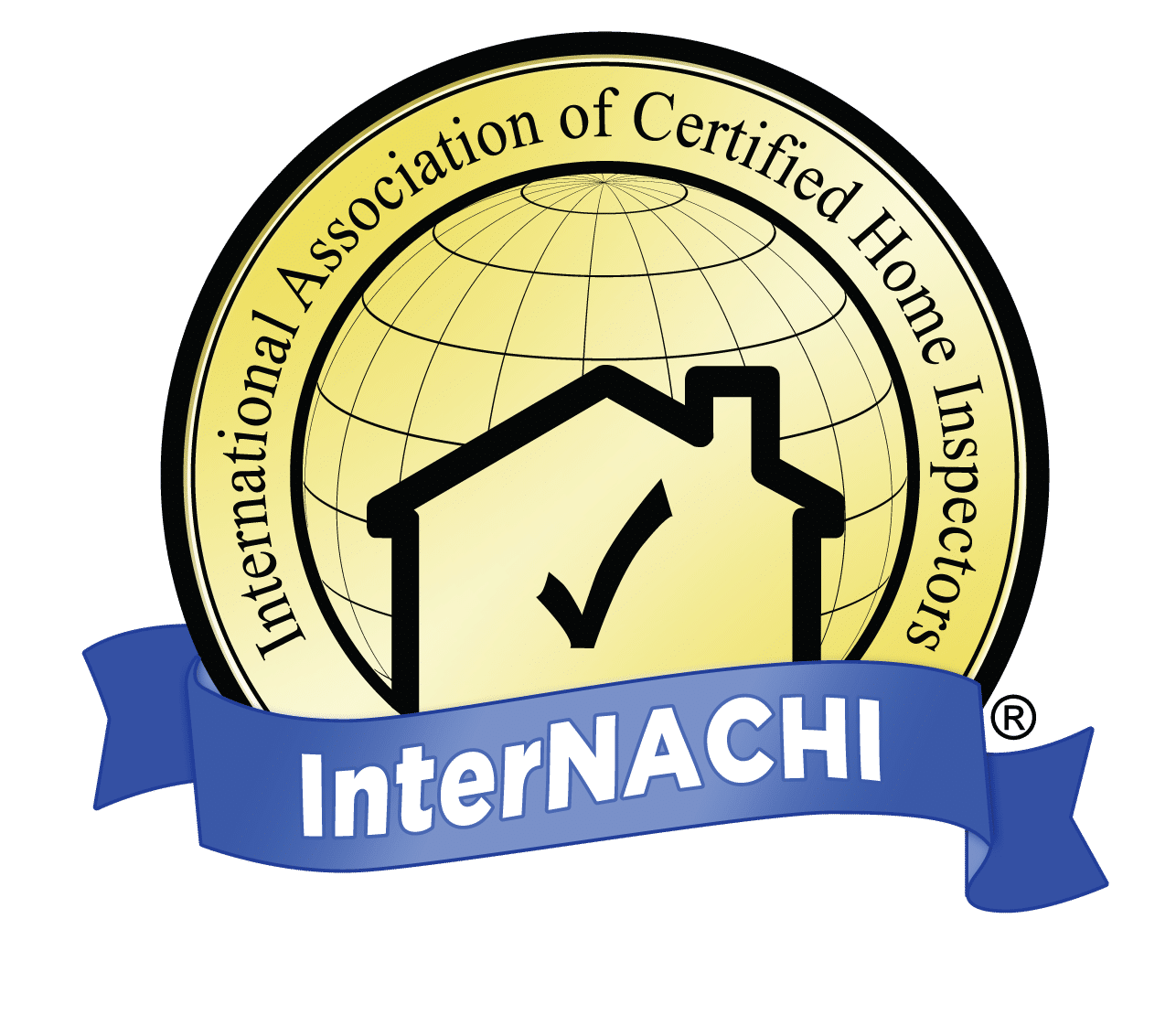The number one reason for raccoons roaming around outside a house is food.

The second most common reason raccoons come into a house is warmth.
It should be noted that raccoons do not hibernate in winter. Raccoons are nocturnal, they go out looking for food at night.
On occasion they will forage during the day, particularly the female if she has children.
Contrary to popular opinion raccoons seen during the day are not necessarily rabid and not all raccoons have rabies.
Why is there a raccoon in the house?
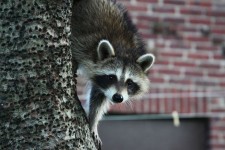
As January progresses, the female starts looking to breed and by March or early April she is looking for a warm place to build a nest for her babies.
It is at this time that home intrusions increase.
Raccoons usually have one litter of three to six young per year. Their mating season is from January to March with a gestation period lasting 63 days.
The three most common areas to find raccoons that have entered a home, are the chimney with a nest in the smoke chamber just above the damper, in the attic, or in the crawl space under homes that have one. Raccoons will also find shelter under decks.
Some raccoons will only visit you once or twice and never reappear, in which case they are probably males.
Raccoons are large animals with a lot of strength. They can do a tremendous amount of damage to a house in a just a few days, if not discovered and dealt with quickly. Unlike squirrels they do not chew constantly, this reduces the likely hood of damage to electrical wiring.
Unfortunately they produce very large quantities of feces which is very serious health hazard.
Looking for your visiting raccoon?
Take extreme care, raccoons can carry rabies.
Attic or Crawl spaces – The raccoon will most likely be in there during the day, if you enter and have a bright light the raccoon will move to try to get away from it while making loud hissing sounds. Raccoons have a habit of making a toilet area, and the pile of excrement will be obvious. If the animal has been there for a while (not necessarily that long) the smell of the feces when the access hatch is opened will alert you to the unwanted guests.
Are there babies? If you hear mouse-like squeals, there are probably baby raccoons in a nest. March through early June is when most of the babies are born. If there are young the mother coons generally move the babies when they are about 8 weeks old. Chasing the raccoon out and sealing off the entry area will not work because the raccoon will return and force its way back in. You will need to convince the raccoon that your home is not a raccoon friendly place.
If they are in the Attic or Crawl space – Raccoons dislike, bright lights, loud noises and strong odors. Home owners should not attempt to trap wild animals. Place bright lights in the attic or crawl. Put a radio where the raccoons will hear it. Tune it to a loud music or talk station, with the volume set as high as possible. Leaving it on all day will disrupt the raccoon’s sleep pattern. Rags soaked with dog urine or Ropel (available at hunting stores) can be placed near the nesting area. Bags of naphtha flakes or moth balls can also be used, but not near the nesting area.
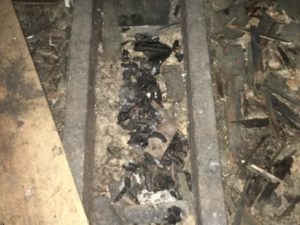
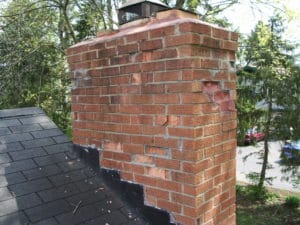

After they Leave – If you did not have them trapped. Sprinkle cayenne pepper around the entrance area, or spray a repellent, such as Ropel, dog urine or a mixture made of 2 Tbs. of Tabasco sauce to 1 qt. of water sprayed or painted around the entrance area. Before permanently sealing the entry, secure a sheet of plastic over the entry, checking to see if returning raccoons have broken through. Try this for a few days. Leave the light and radio on until you are sure that there are no unwanted guests, and then permanently seal the entry point. Trim back tree branches that might have helped them access the roof. The recommended distance is ten feet.
BEWARE –
Do not confront, corner or attempt to capture a raccoon, particularly a mother raccoon who has babies, they can become extremely agitated and can attack.
If methods discussed fail to remove the raccoon, contact a “raccoon rehabber” in your area or have the raccoon trapped by a nuisance animal control company.
